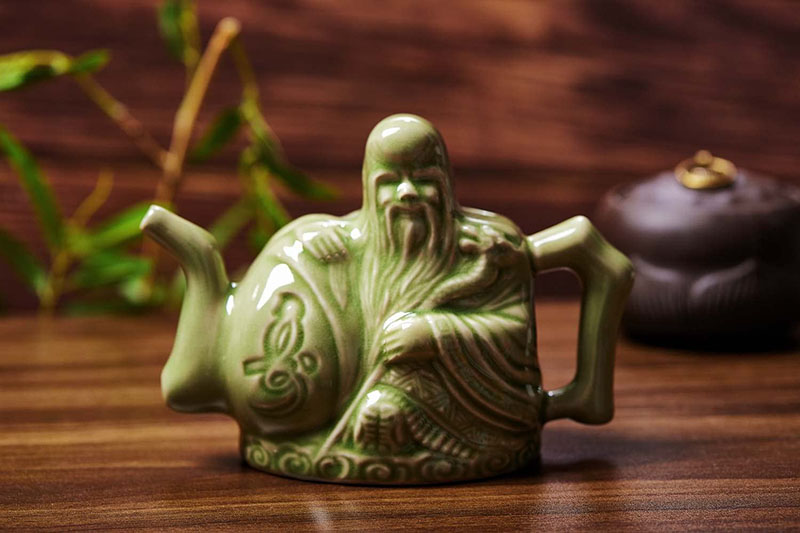Curio or weapon? The assassin’s teapot is a tricky tea dispenser that will have you guessing your host’s intentions.
Being invited for tea when you’re a high-ranking official has its drawbacks. For former KGB operative Alexander Litvinenko, it was a pot of green tea laced with polonium-210 that proved his downfall. The defector, who had spoken out against Russian President Vladimir Putin, had met with two former colleagues in a London hotel just hours before he became gravely ill. By the time the hospital discovered he had been poisoned, having consumed the radioactive material, he was on his deathbed declaring he had no doubt Putin was behind his assassination.
In China, “an invitation to tea” could be a summons for further questioning if you’re suspected of endangering national security. The slang term became common last year when a WeChat post by the Ministry of State Security acknowledged the euphemism by referring to the “10 cups of tea” (potential indiscretions) that could lead to such an invitation. These ranged from ‘failing to take security precautions against spying’ to ‘leaking state secrets related to counter-espionage and intelligence works’.

It’s not the first time having tea has held a deadly edge. According to the Hong Kong Science Museum, the assassin’s teapot was an invention, probably from the Ming Dynasty, that allowed the tea pourer to dispense two different beverages without the victim’s knowledge. One would be perfectly ordinary tea for the host, the other might have been poison for the assassin’s target.
The teapot has two chambers and works through the subtle control of air pressure when the pourer covers certain holes. (Here’s a demo and explanation.) The design was likely created for party tricks rather than use as a weapon, but there’s no telling who might abuse the fun, so watch out for suspicious tea hosts bearing strange teapots when you’re next invited over for a cuppa.
This article originally appeared in AUSTCS enews 27 February 2025.